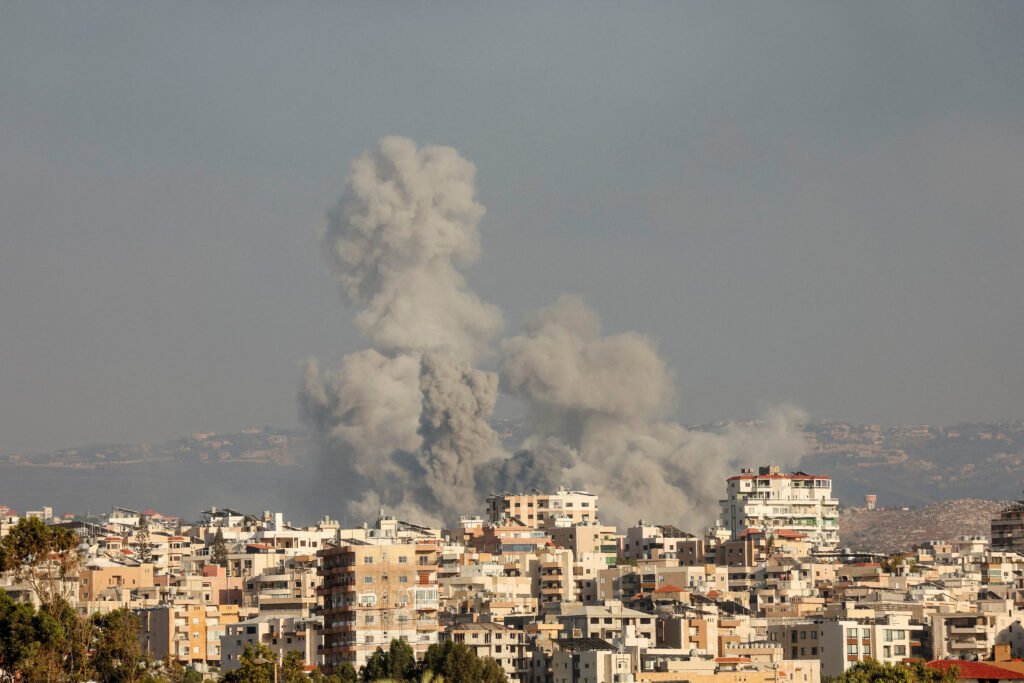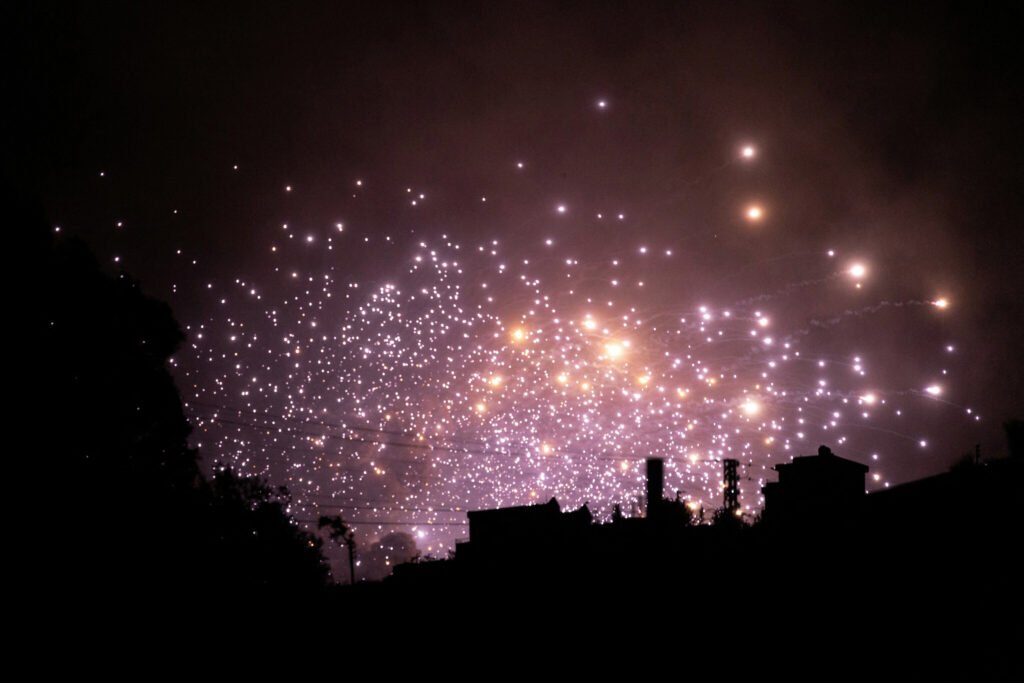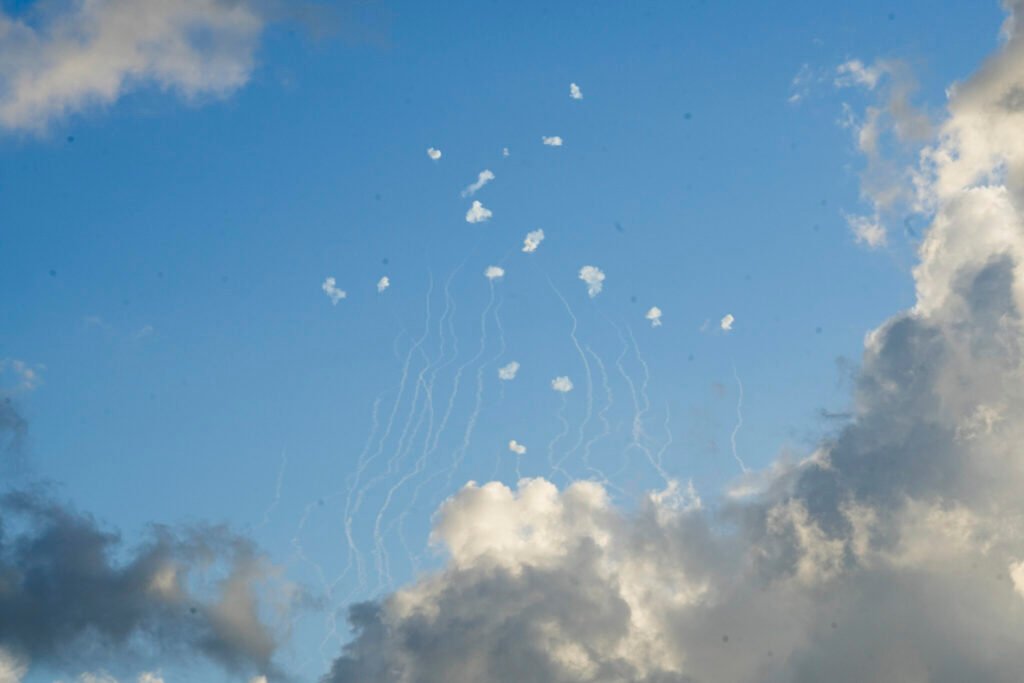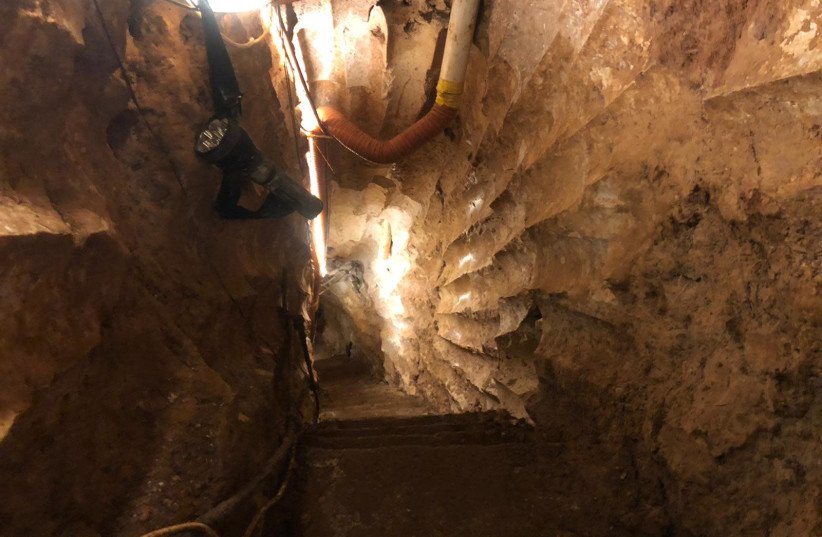Netanyahu’s Escalation: How Israel’s Military Campaign Risks Regional Destabilization
Israel’s recent airstrikes on more than 1,600 sites across Lebanon on September 23 mark the beginning of what could escalate into a full-scale war with Hezbollah. With nearly 500 casualties and thousands injured, Israel’s undeclared offensive has forced tens of thousands to flee southern Lebanon. This massive bombardment, which Israeli officials say is a prelude to a possible ground invasion, is intended to dismantle Hezbollah’s defenses and establish a buffer zone along the border.
The intensity of this assault highlights Israel’s strategy under Prime Minister Benjamin Netanyahu, who appears to be leveraging regional conflict to consolidate his own political power. While Netanyahu’s cabinet debates whether to negotiate with Hamas for peace in Gaza or press forward in Lebanon, the far-right members of his government insist on an uncompromising military stance.


A War of Attrition: Israel’s Military Aims in Lebanon
With Israel’s focus on sustained aerial attacks, the goal appears to be a prolonged campaign that severely weakens Hezbollah’s military capabilities. Israeli intelligence has long monitored Hezbollah’s buildup of bases and weaponry, and the Israel Defense Forces (IDF) now aim to dismantle as much of this infrastructure as possible. Additionally, Netanyahu seeks to pressure the Lebanese civilian population into fleeing the south, thus creating a buffer zone that would protect Israel’s northern border.
This effort, however, may lead to a drawn-out conflict, far from the “quick, surgical” operation Netanyahu has promised. Despite recent setbacks, Hezbollah remains a formidable opponent with battle-hardened fighters and an extensive arsenal of long-range missiles, capable of targeting significant areas within Israel. Should Israel proceed with a ground invasion, it will face a well-prepared enemy that could engage Israeli forces in a prolonged struggle, exactly the scenario Netanyahu seems willing to risk to keep his government intact.
Hezbollah’s Response and the Potential for Regional Spillover
In response to Israel’s offensive, Hezbollah has launched hundreds of rockets into Israel, striking Haifa, Galilee, and areas near the Golan Heights. The Israeli military has continued to amass troops and armored units along the Lebanon border, raising concerns of a full-scale war. Hezbollah’s strongholds, though vulnerable to Israel’s air superiority, remain equipped with a significant number of advanced anti-tank missiles, drones, and a sophisticated tunnel network.
This escalation underscores the likelihood of a wider conflict. Netanyahu’s tactics, aimed at provoking a Hezbollah response, appear calculated to sustain Israel’s state of war. His aggressive posture may be intended not just to weaken Hezbollah but to draw Iran and other regional actors into the fray, thus forcing the United States to intervene directly. Yet, U.S. officials, while supportive of Israel, have expressed concerns over the regional destabilization that such a conflict could unleash.

Economic and Social Costs in Israel
The economic toll of the ongoing war has added immense pressure to Israel’s economy, which saw a sharp contraction following the outbreak of hostilities. With the GDP expected to grow by only 1.5% in 2024, the war is forecasted to cost Israel $67 billion by 2025, potentially forcing cuts to social services and welfare programs. Labor shortages, particularly due to the absence of Palestinian workers, are crippling sectors such as construction and agriculture, while mass mobilizations have severely impacted business operations across the country.
Meanwhile, Israeli society is grappling with significant divisions, fueled by Netanyahu’s refusal to pursue a diplomatic resolution to the hostage situation in Gaza. His stance has drawn public ire, with citizens increasingly disillusioned by his governance and suspecting that his true aim is to prolong the conflict for political survival.

This discontent has sparked protests and general strikes, exposing deep societal rifts as the nation grapples with the costs of sustained warfare.
The International Ripple Effect: Unrest and Resentment
Netanyahu’s campaign in Gaza, his expansion into Lebanon, and ongoing strikes in Syria and Iran have stoked resentment across the Arab world. Regional unrest is spreading as images of devastation in Gaza and Lebanon circulate widely, amplifying anger among the public in neighboring countries. In Egypt and Jordan, governments already contending with economic crises now face mounting pressure from citizens frustrated by both economic hardship and their governments’ perceived complicity in supporting Israeli actions.
This sense of injustice has resonated globally, with solidarity rallies erupting across Western nations. Mass protests have taken place in European cities and on American campuses, demonstrating widespread public frustration with what is perceived as Western complicity in Israel’s aggressive actions. Netanyahu’s disregard for diplomatic solutions has not only polarized Israeli society but is also igniting movements worldwide that challenge Western governments’ uncritical support for Israel.
A Pivotal Moment for Israel and the Region
As Israel’s military campaign escalates, the potential for broader regional conflict looms large. Netanyahu’s strategy, driven by political self-interest, risks sparking a war that could draw in actors far beyond Lebanon’s borders. His policies have destabilized the region and amplified global dissent, creating a complex crisis that could lead to far-reaching consequences.
For Netanyahu, sustaining a state of conflict may appear advantageous in the short term, but the longer-term implications for both Israel and the broader Middle East are dire. As regional powers brace for potential spillover, international communities increasingly question the costs of supporting Israel’s militaristic approach. The situation remains precarious, with global leaders and citizens alike recognizing the urgent need for a course correction before an even larger catastrophe unfolds.

